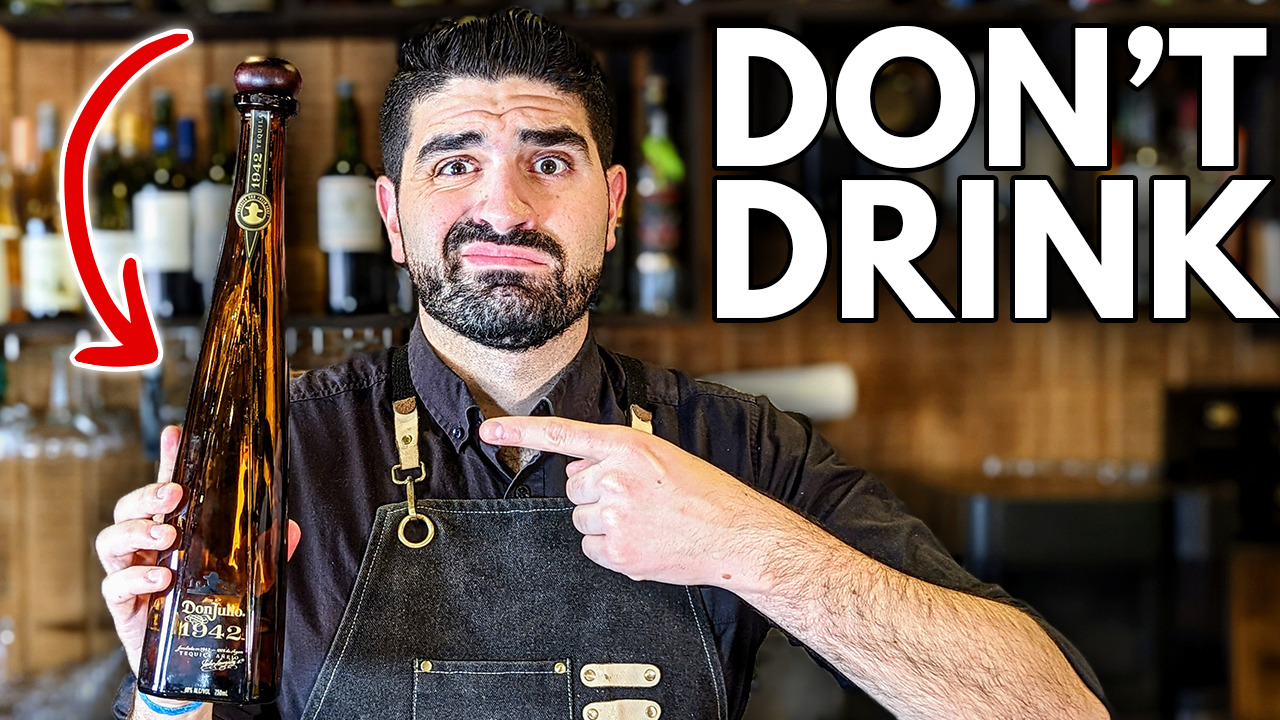Tequila is one of the most popular spirits in America, even surpassing bourbon in sales recently. It is a spirit that conjures images of fun times with friends, warm weather, and a certain sense of adventure. This Mexican drink made from the agave plant has become increasingly popular worldwide, with its distinctive taste and unique cultural significance. But did you know that not all tequilas are created equal? In fact, there are several different styles of tequila, each with its own flavor profile, production process, and regulations. Whether you’re a seasoned tequila aficionado or a curious newcomer, understanding the different styles of tequila can help you appreciate this beloved spirit even more. In this post, we’ll explore the fascinating world of tequila and discover what makes each style special.
What is Tequila?
It is a distilled spirit made from fermenting and distilling cooked blue Weber agave. It is a subcategory of mezcal, which is the term used for any spirit made from distilling the heart of the agave plant. Tequila can only be made in the state of Jalisco in Mexico and is usually distilled to about 40% ABV. Tequila comes in different expressions, including blanco, repos, anejo, and extra anejo. Each expression has unique features, including color and flavor, depending on the aging process.
The agave plant takes about six to eight years to grow before it is harvested, cooked, and distilled into tequila. The soil or terroir that the agave grows in affects the taste and quality of the end product.
Tequila’s history dates back to pre-Hispanic Mexico when the native people used to ferment sap from the agave plant. The Aztecs used to make a beverage called Pulque, which was a precursor to tequila. The tequila industry has been facing some specific problems like the shortage of blue Weber agave, which is the only type of agave allowed in making tequila.
Different Classifications
Blanco or silver, is the purest expression of tequila. It is clear in color and typically bottled immediately after distillation. Blancos have a crisp and bright flavor profile, with notes of citrus and pepper. It is often used in cocktails because of its clean taste and smooth finish.
Reposado, which translates to “rested” in Spanish, is aged in oak barrels for a minimum of two months but less than a year. This aging process gives the tequila a light golden color and imparts flavors and aromas from the barrel, such as vanilla, caramel, and wood. Reposado is often described as having a mellow and rounded flavor profile, with a hint of sweetness.
Añejo, which means “aged” in Spanish, is aged in oak barrels for a minimum of one year but less than three years. Añejos have a darker color and a more complex flavor profile than reposado, with stronger notes of wood and spice. It is often sipped neat or on the rocks, and is a popular choice for whiskey drinkers who are looking to explore the world of tequila.
Extra añejo is aged in oak barrels for a minimum of three years. This aging process gives the tequila a deep amber color and a rich, complex flavor profile with strong notes of wood, spice, and vanilla. Extra añejo is usually the most expensive and rarest type, and is often reserved for special occasions or for sipping slowly and savoring.
It is important to note that by definition, tequila only needs to be 51% made from agave, meaning that 49% can be made from other things. Therefore, it is essential to look for brands that are 100% made from agave, as some common substitutes like high fructose corn syrup can result in an unpleasant drinking experience.
In conclusion, tequila is a unique spirit that has been popularized by its versatility in making cocktails and shots. The different expressions have distinct features, including color and flavor, making it a diverse spirit to try.






